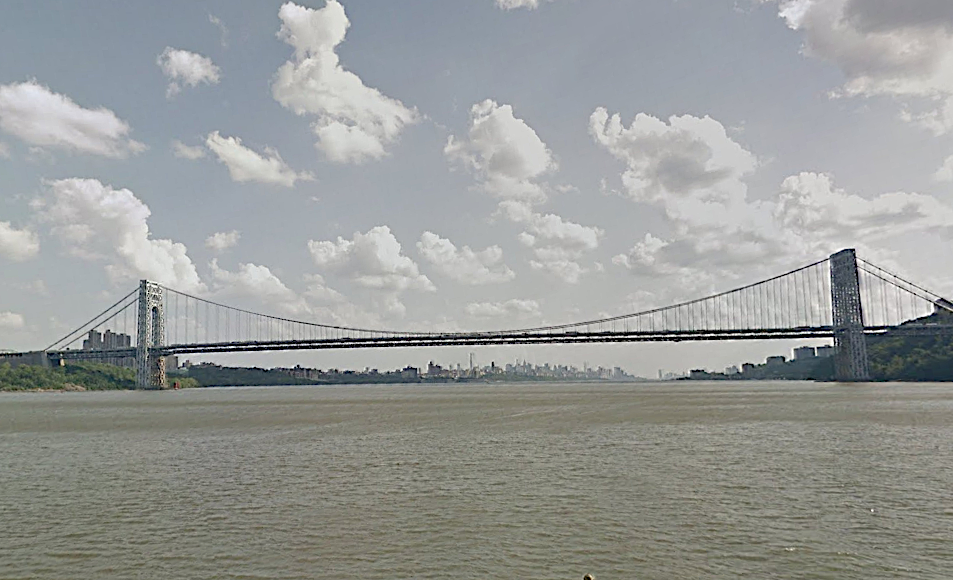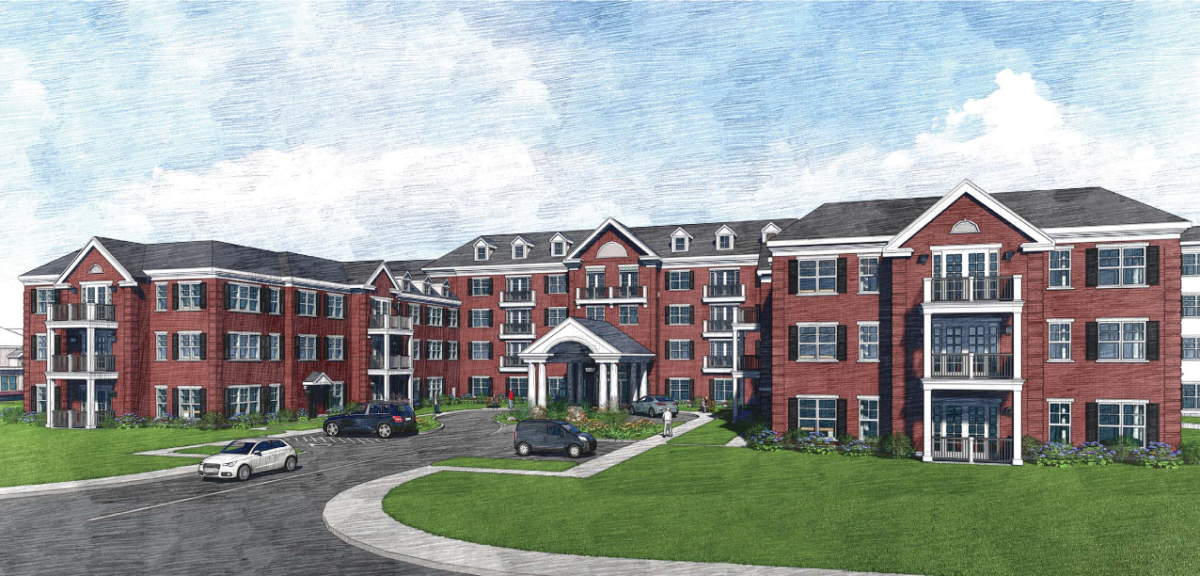Motorists heading into the Central Business District of Manhattan at 60th Street and below will begin paying Congestion Pricing tolls on Jan. 5 following the Federal Highway Safety Administration today giving final approval to the toll plan.

Catherine Sheridan, president of MTA Bridges and Tunnels said, “We are pleased to have received formal approval from the Federal Highway Administration for the phase-in feature of the Central Business District Tolling Program, and in compliance with federal law and regulations, New York State DOT, New York City DOT, TBTA, and the federal government have all signed the Value Pricing Pilot Program Agreement.”
MTA Chair and CEO Janno Lieber said, “Today is he moment we’ve been waiting for when we cleared the final bureaucratic hurdle to implement Congestion Pricing. The Federal Highway Administration also approved the phase-in feature of our tolling program that the governor rolled out last week.”
The base toll for passenger cars begins at $9 for drivers using E-ZPass to pay. Without E-ZPass the toll is $13.50. The base toll for passenger cars will rise over time, reaching $15 in 2031. Tolls would rise in three phases, with the first phase going into effect Jan. 5. Tolls for large trucks would rise to $36 by Phase 3 in 2031, as would tolls for buses. Tolls for smaller trucks would hit $24 with the implementation of Phase 3.
The toll schedule does include discounts for some vehicles entering Manhattan through the Lincoln, Holland, Queens-Midtown and Hugh L. Carey tunnels. There are lower rates overnight. Low-income drivers are eligible for discounts. The schedule of tolls as adopted by the MTA Board of Directors authorizes the MTA to raise the tolls by 25% during Gridlock Alert Days.
Donald Trump had said during the presidential campaign that if he was elected he would kill Congestion Pricing. However, with the Nov. 22 approval by the federal government, the tolls will be in effect before Trump takes office.





















